Rising Prevalence of Chronic Diseases
The increasing prevalence of chronic diseases such as diabetes and kidney disorders is a primary driver for the Osmolarity Testing Device Market. As these conditions often require regular monitoring of osmolarity levels, healthcare providers are increasingly adopting osmolarity testing devices to ensure effective management of patient health. According to recent data, the number of individuals diagnosed with diabetes has surged, leading to a heightened demand for reliable testing solutions. This trend is expected to continue, as the global population ages and the incidence of chronic diseases rises. Consequently, the Osmolarity Testing Device Market is likely to experience substantial growth, as healthcare facilities seek advanced technologies to enhance patient care and treatment outcomes.
Regulatory Support and Standardization
Regulatory support and standardization initiatives are playing a crucial role in shaping the Osmolarity Testing Device Market. Governments and health organizations are increasingly recognizing the importance of accurate osmolarity testing in clinical settings, leading to the establishment of guidelines and standards. This regulatory framework not only ensures the quality and reliability of testing devices but also fosters innovation within the industry. Manufacturers are encouraged to comply with these standards, which can enhance their market competitiveness. As a result, the Osmolarity Testing Device Market is likely to benefit from a more structured environment that promotes the development and adoption of advanced testing technologies.
Increased Focus on Point-of-Care Testing
The growing emphasis on point-of-care testing (POCT) is reshaping the landscape of the Osmolarity Testing Device Market. POCT allows for immediate results, facilitating timely clinical decisions and improving patient outcomes. As healthcare systems strive to enhance efficiency and reduce patient wait times, osmolarity testing devices that support POCT are gaining traction. This shift is particularly evident in emergency departments and outpatient settings, where rapid testing is essential. Market data indicates that the demand for POCT solutions is on the rise, prompting manufacturers to innovate and develop devices that meet these requirements. Consequently, the Osmolarity Testing Device Market is poised for growth as healthcare providers increasingly adopt POCT methodologies.
Growing Demand for Home Healthcare Solutions
The rising demand for home healthcare solutions is a notable driver for the Osmolarity Testing Device Market. As patients seek more convenient and accessible healthcare options, the need for portable and easy-to-use osmolarity testing devices is becoming apparent. This trend is particularly relevant for individuals managing chronic conditions at home, as they require regular monitoring of their osmolarity levels. The market is responding to this demand by developing devices that are not only efficient but also user-friendly for non-professionals. This shift towards home healthcare is expected to expand the customer base for osmolarity testing devices, thereby contributing to the growth of the Osmolarity Testing Device Market.
Technological Innovations in Testing Devices
Technological advancements in osmolarity testing devices are significantly influencing the Osmolarity Testing Device Market. Innovations such as the development of more accurate, faster, and user-friendly devices are attracting healthcare providers and laboratories. These advancements not only improve the efficiency of osmolarity testing but also enhance the reliability of results, which is crucial for patient diagnosis and treatment. The introduction of automated systems and integration with digital health records further streamlines the testing process. As a result, the market is witnessing an influx of new products that cater to the evolving needs of healthcare professionals, thereby driving growth in the Osmolarity Testing Device Market.



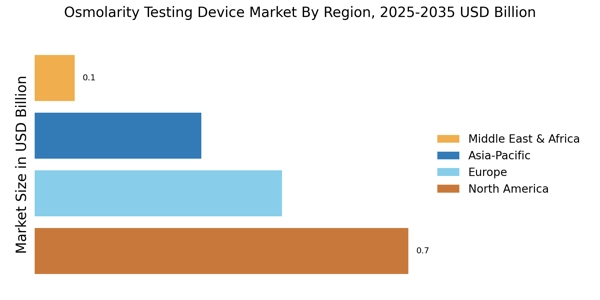
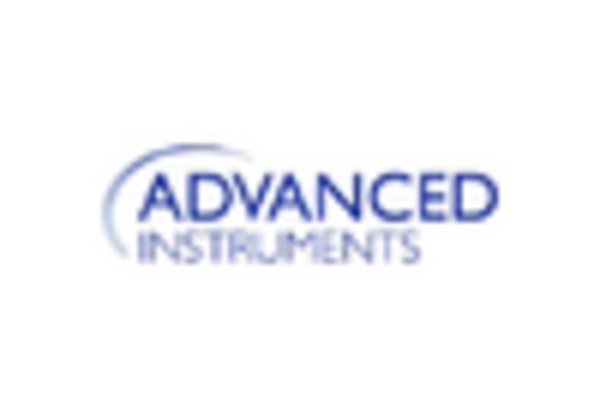
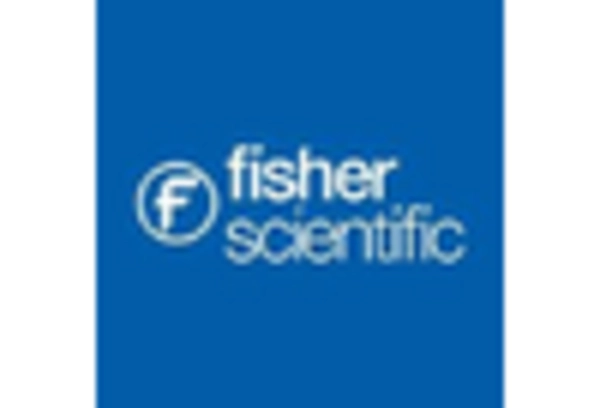
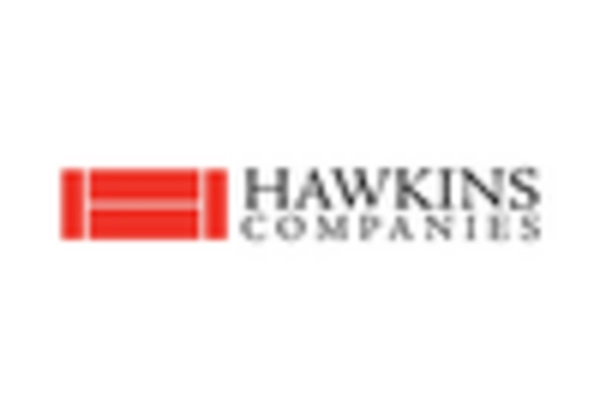
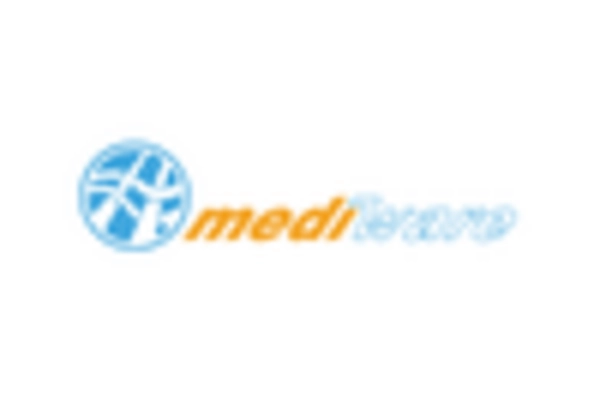
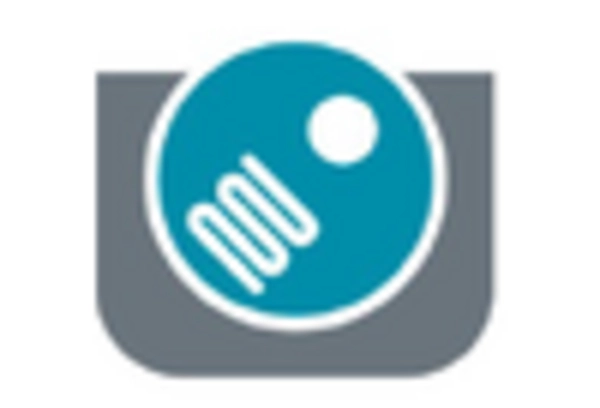
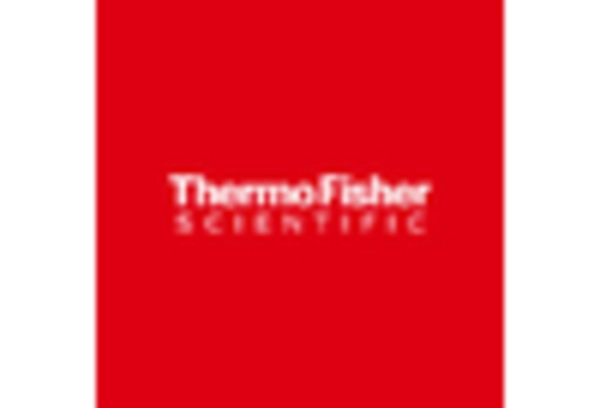








Leave a Comment